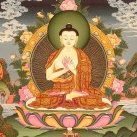Sign in to follow this
Followers
0

What is the difference between Dzogchen, Zen and Anapanasati?
By
taoguy, in Buddhist Discussion

By
taoguy, in Buddhist Discussion